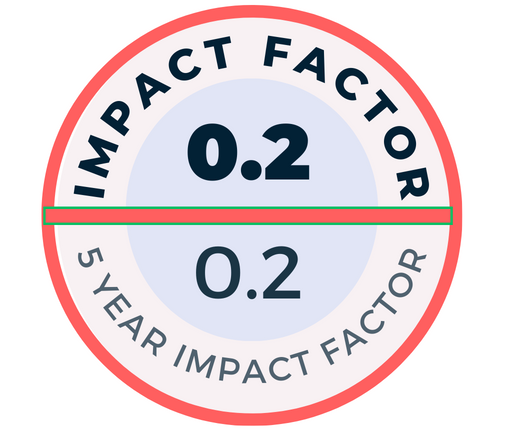Background: Early recognition and practical approaches for prevention and rapid treatment of acute kidney injury (AKI) is crucial for decreasing morbidity and mortality in earthquake victims. This study aims to determine various features of hospitalized crush syndrome patients with or without AKI after the Kahramanmaraş (Türkiye) earthquake in February 2023 and provides the knowledge of a tertiary referral center.
Methods: Crush syndrome was described as the existence of crush injury and systemic manifestations. Patients without preexisting chronic kidney disease were diagnosed to have AKI in the presence of azotemia and/or increased creatinine levels (>2 mg/dl) with or without oliguria and hyperkalemia. Patients with crush syndrome were separated into 2 groups: group 1, AKI (+); group 2, AKI (−).
Results: A total of 2300 earthquake wictims were admitted and compared with regards to the outcomes. After excluding 2147 patients, the final evaluation was performed in 153 patients (group 1, n = 56; and group 2, n = 97). Sepsis, hypovolemic shock, need for intensive care unit (ICU), and mortality rates were higher in AKI (+) patients than AKI (−). Thirty-four patients (22.2%) were admitted to the ICU, and 6 were non-survivors. One hundred forty-seven patients were discharged. Amputation, C-reactive protein (CRP), and each 50000 IU/L increase in creatine phosphokinase (CK) levels were risk factors for the development of AKI (P < .05).
Conclusion: Acute kidney injury in crush syndrome contributes to morbidity and mortality. Clinicians should be careful about AKI development in patients with amputation, high CRP, and CK levels >50000.
Cite this article as: Turgutalp K, Kıykım AA, Oto ÖA, et al. Analysis of crush syndrome patients with and without acute kidney injury during the 2023 Kahramanmaraş Earthquake: Experience of a tertiary referral center from Türkiye. Turk J Nephrol. 2024;33(2):161-172.

.png)



.png)
